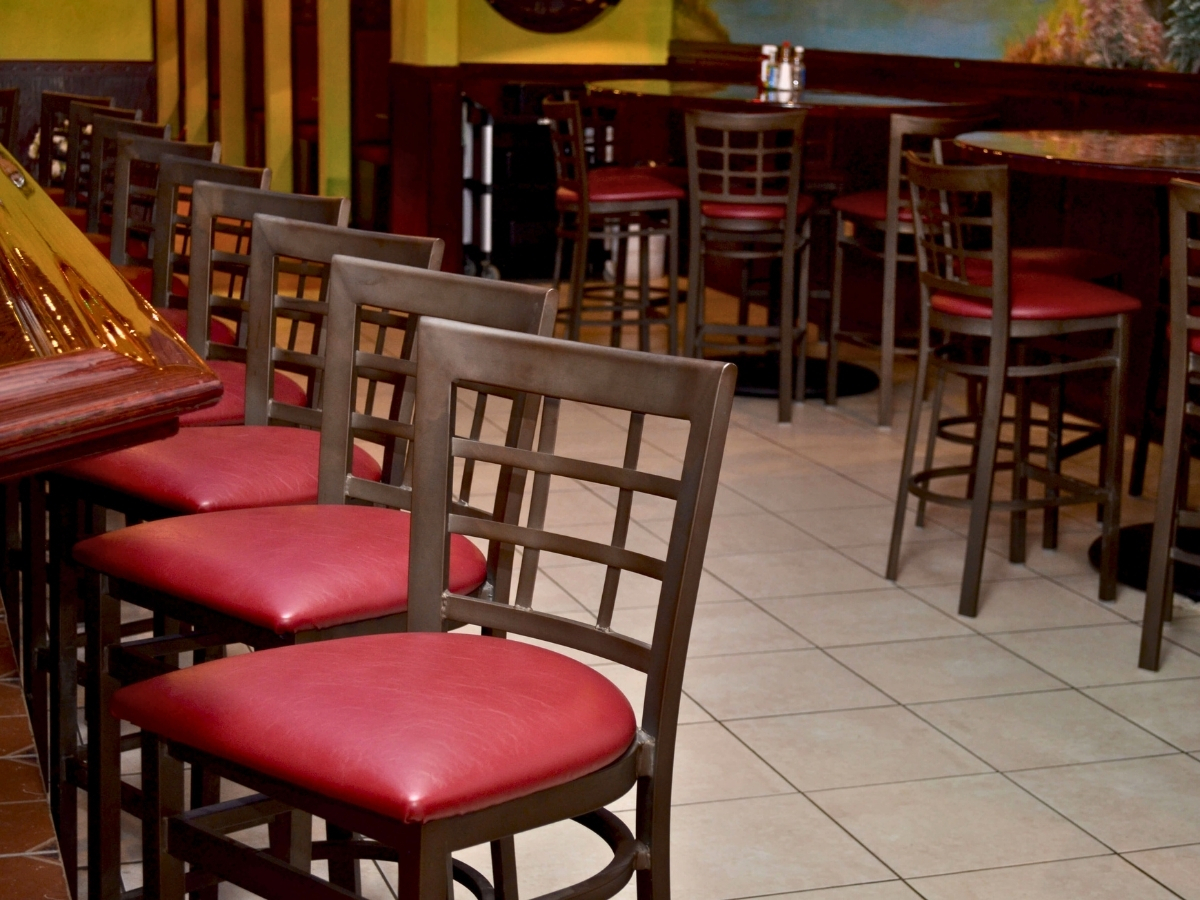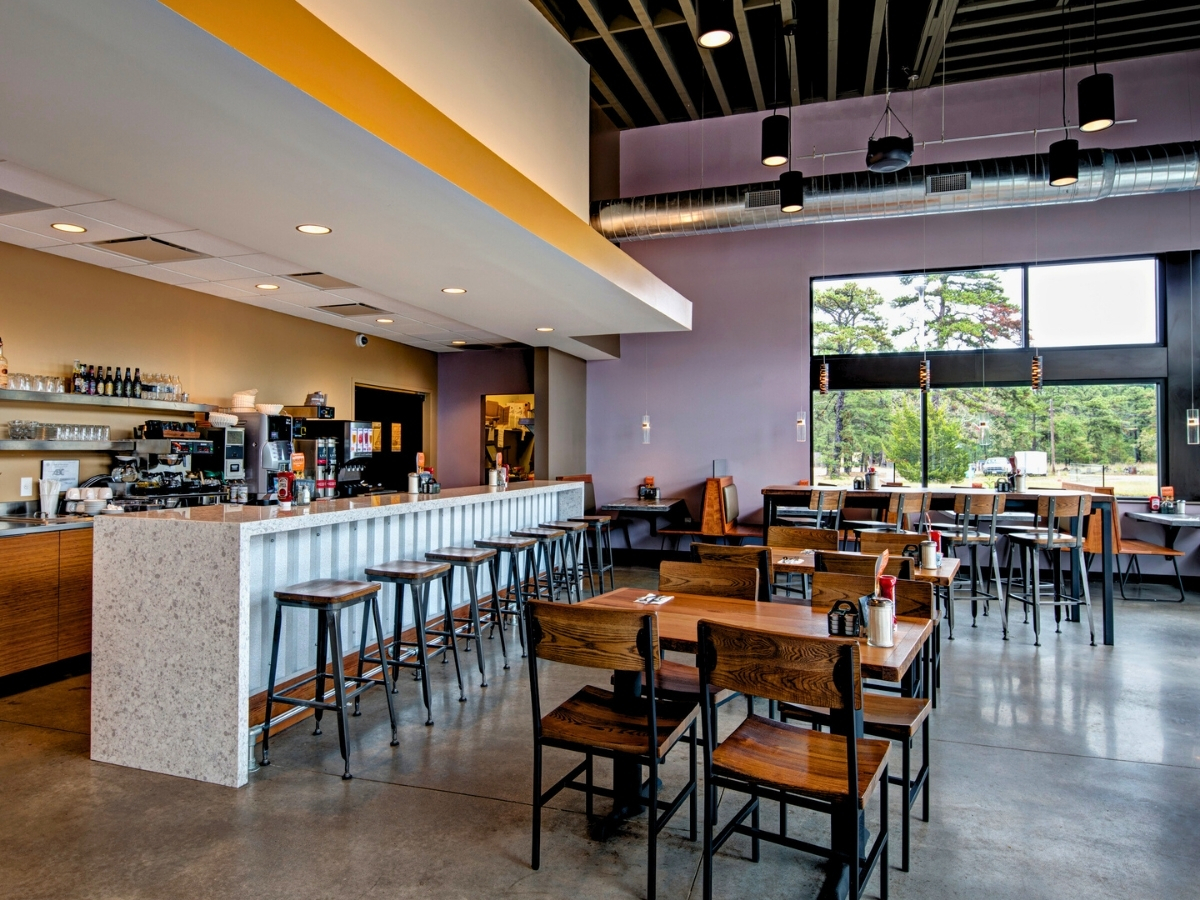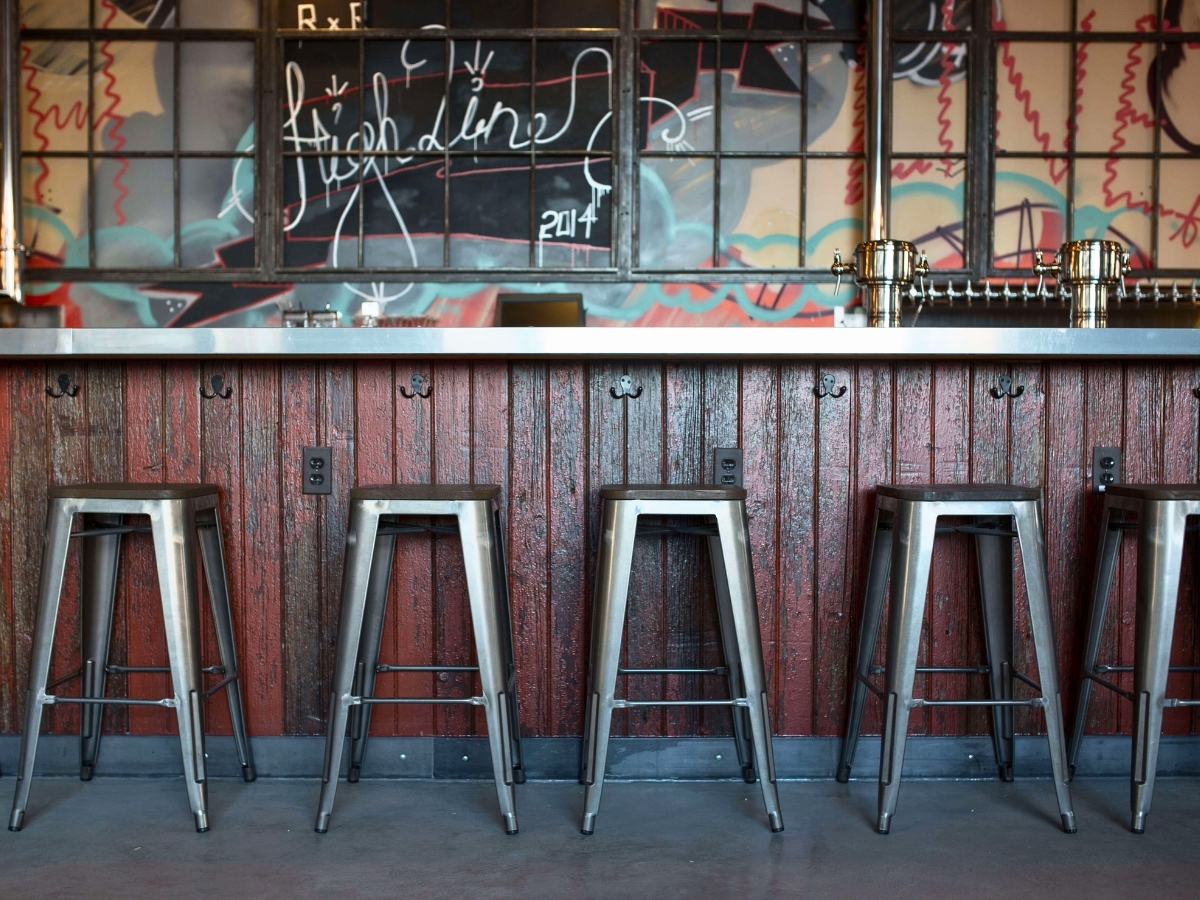Our sales team often gets asked about the difference is between commercial and residential furniture. After all, the thinking goes, a chair is a chair and a table is a table, regardless of whether you buy it from a retail location or a commercial dealer. Unfortunately, that line of thinking is false for a number of reasons.
Despite the fact that some designers and furniture buyers have taken to choosing residential grade furniture for offices, there are significant benefits to choosing commercial quality furnishings for any business in the hospitality industry.
How often do you sit on the dining chairs in your home? If you’re like most people, the answer is probably an hour or less per day. Contrast that to restaurants, bars, and other hospitality industry establishments where the furniture is likely to be in use for up to 10-12 hours per day, every day. Getting ten times, or even more, usage than a typical residential chair means that commercial furniture is subjected to far more stress in its lifetime. That stress can weaken the integrity of the chair if not properly constructed. In addition, while you and your family and friends are the only ones sitting on your dining chairs, commercial furniture is used by people of all shapes and sizes. In fact, most commercial chairs are weight tested up to 350 pounds, and some can accommodate much more.
In most industries, there are differences between commercial and retail equipment, and each is specifically manufactured for that purpose. For example, a trucking company would never put regular passenger tires on one of its vehicles because their thin walls are not suitable to bear the weight commercial vehicle. Likewise, a retail customer would not want to put commercial tires on their Ford Focus because the heavy walled tires would produce a jarring, uncomfortable ride. The same is true of furniture.
The difference between commercial and residential furniture has nothing to do with looks, although residential furniture is often considered more aesthetically pleasing. Instead, it’s all about construction. As we said above, commercial furniture has to withstand continuous usage and abuse at the hands of customers and staff. Because of that, it is built with heavier materials. Commercial manufacturers typically use 16 or 18 gauge steel is used instead of the 22 or 24 gauge found in retail furniture. Whereas residential wood furniture is usually made from cheaper, softer woods like rubberwood, commercial grade wood furniture is made from hardwoods like European Beechwood. Also, fabrics have to be puncture resistant, tear resistant, and stain resistant, which means vinyl vs. leather and acrylic vs cotton. Finally, commercial furniture has to hold up when customers of all sizes use it, so it also usually has mortise and tenon joinery, and additional bracing.
Commercial furniture can cost more than residential furniture (although not always), but is actually cheaper when you consider cost per use. As we mentioned above, commercial furniture can easily get 10 times or more usage than residential furniture, but it often costs only 2-3 times as much, making it very cost effective for restaurants, bars, resorts, and offices.






